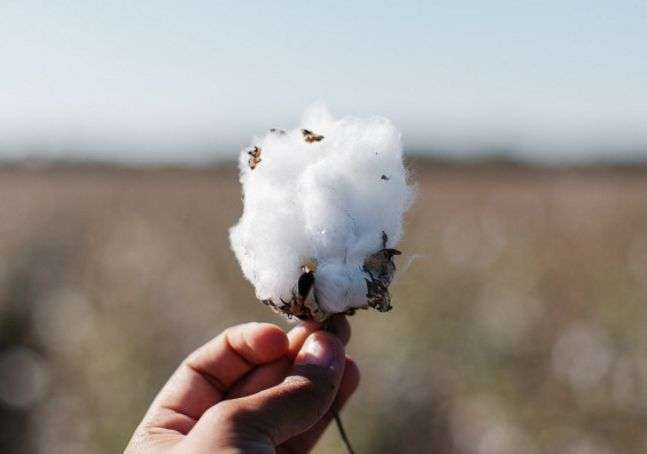July 26, 2016 weblog
For Indigo, microbes matter in the push for plant health

(Tech Xplore)—Water use for agriculture is a big issue when planners look at our future across nations.
Charlestown, Massachusetts-based Indigo is a company concerned about the issue, with solutions that target agriculture and water scarcity. "Combined with a population projected to grow to 9.7 billion by 2050, our society will be straining an already stretched agricultural ecosystem, exacerbated by weather volatility and record dry spells," said Indigo.
They started with their hypothesis— that microbes living inside the plant (endosymbionts) were vital to their health.
The company made news this month at its product launch. Seeds that grow crops taking take less water to survive were announced. Alex Brokaw in The Verge talked about the seed called Indigo Cotton. (Indigo seeds have a special coating of microbes, with the purpose of helping plants survive stress.)
Indigo announced this first commercial product of the company, called Indigo Cotton, which is designed to increase the water use efficiency of cotton plants.
The seed can reduce the amount of water that a cotton plant will need and it does this by harnessing the power of microbes. Indigo CEO David Perry said in The Verge that "There aren't any chemicals you spray on a plant to make it perform better when it doesn't have enough water."
The company said that "We're already seeing promising results. We have planted Indigo Cotton across our first 50,000 acres in Texas and four other states...We are already seeing marked differences in root and stem development and overall plant health in treated versus untreated acres and expect to see significant yield improvements at harvest time."
In addition to Indigo Cotton, said The Verge, the company will l launch a microbe-enhanced seed Indigo Wheat later this year. Indigo is also developing solutions for corn and soybeans, The Verge added.
What about this power of microbes, which Indigo highlights? The company's explanation: "Like human microbes, plant microbes can be impacted by their environment including heat and drought, chemicals such as pesticides, and even soil conditions. The microbes found inside plants work together in harmony with the host to fight diseases, increase nutrient intake and improve water use efficiency. At Indigo, we identify which of these microbes are most vital to a plant's health."
But how do they make such identifications? "By using sophisticated genomic sequencing and computational bioinformatics, Indigo has assembled what we believe is the world's largest database of genomic information from these microbes. We apply algorithms and machine learning to this database to predict which microbes are most beneficial to the plant's health."
(MIT Technology Review Research Editor Mike Orcutt noted that recent advances in DNA sequencing and inexpensive computing have made it more economical to perform computational analysis on huge databases of microbial genetic information in search of insights that might help improve crops.)
Orcutt finds reason to believe Indigo's approach is worthy of attention. He said adding beneficial microbes to crops could be an effective alternative to genetic engineering
"Many experts argue that global agricultural productivity is not growing fast enough to keep up with the increase in global demand for food," he wrote. "Intense competition for land and pressures to reduce chemical fertilizer and pesticide use have led technologists to search for new ways to increase yield."
More information: www.indigoag.com/
© 2016 Tech Xplore













